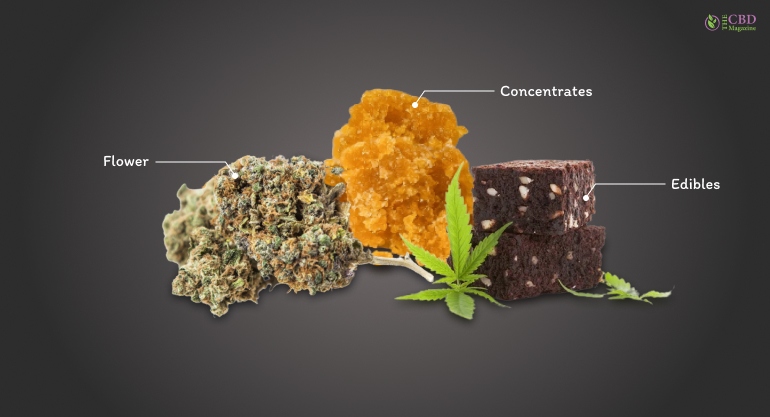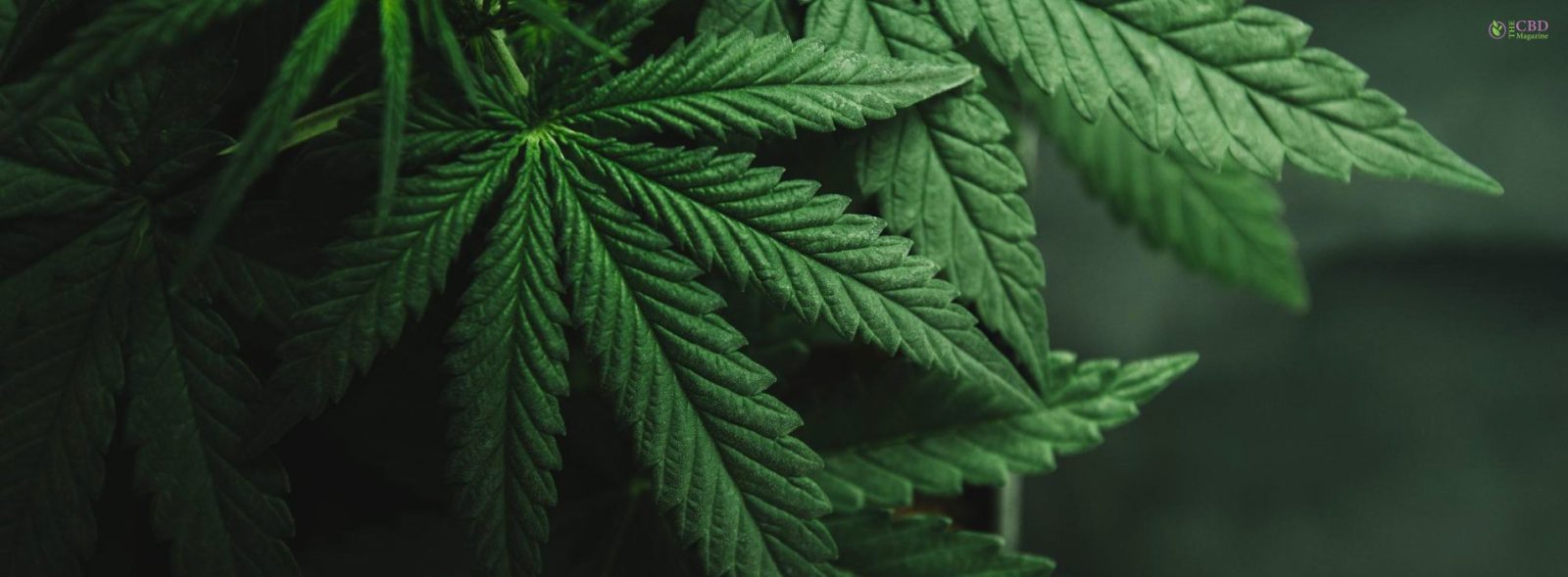Barsha Bhattacharya is a senior content writing executive. As a…
The character and intensity of marijuana and its impact varies with the type of strain you are consuming, consumption methods, and preparation techniques. Before you can determine which strain is ideal for you, it is important to understand the different types of weed, their effects, and the pros/cons associated with the same.
While for medical consumers of cannabis, it is relatively an easy affair, recreational users tend to ignore understanding the differences between the various forms of marijuana. But this is the mistake all of us have been making – and this needs to stop.
Today, we will take a giant step toward understanding the differences between the different forms of weed – stay tuned to find out more!
Types Of Weed: Strains

Just like most other pants, cannabis also comes in multiple marijuana strains. These are categorized generally as Indica, Sativa, or Hybrid. In order to understand the differences between the various types of weed, you have to take a few things into consideration, such as,
- Indica strains are relaxing and calming.
- Hybrid strains produce a euphoric, energetic buzz.
- Hybrid strains blend the impact of both strains. A majority of modern strains happen to be hybrid to some extent.
The Different Forms/Types Of Weed: Understanding The Differences
Now that you have some details about the Indica vs Sativa debate, you can determine what will work out the best for you. Moreover, to find the best weed strains for you, it’s always vital to know whether Indica or Sativa works the best for you – it is also possible that you could be a fan of hybrid as well.
While the strains come with their own set of differences, marijuanas plants are also available in different forms – and today, we will discuss the different forms or types of weed available. Scroll down to find out more.
1. Flower

Perhaps, one of the most common types of weed is flowers. Simply known as pot or weed, these marijuana strands are basically available in an unprocessed form. It consists of the dried buds and leaves of the female Cannabis Indica and Sativa plants. These flowers have an odor that’s recognizable and pungent, both in the unburnt state and when it’s being smoked.
A weed leaf is mostly commonly smoked as joints, that is, hand-rolled cigarettes. You can actually understand the lumpy texture of the stuff you are smoking through the rolling paper. You can easily differentiate a hand-rolled cigarette from a joint simply from the latter’s texture.
Both weed and hashish can be blended with normal tobacco or rolling tobacco – the rolling tobacco is relatively more sticky, soft, and moist, prepared exclusively for hand-rolling. But if you do opt for normal tobacco from any deconstructed cigarette, then your mixture will be known as ‘spiff.’
You can smoke hashish, weed, or even hashish oil either via water pipes, bongs, and normal pipes or blended with tobacco and then smoked with the help of a chillum. People also use their e-cigarettes for inhaling marijuana, and this is known as vaping.
Pros:
- Easily accessible in states where cannabis has been legalized.
- Has a huge variety of potent strains.
- Can grow on its own if it’s legal according to State laws.
Cons:
- Not the right option for people with any lung issue.
- Not the right alternative for people who don’t want to inhale plenty of smoke.
2. Edibles

Of course, you are already looking up the different types of weed joints based on strains and their potencies. But stop – because there is so much more to share with you guys! Did you know that you could consume marijuana orally with infused inside food? Yep, we are talking about edibles – remember the classic marijuana-infused cookies and brownies?
But apart from brownies, you can add marijuana to different food items, just like we add herbs to different dishes while cooking. Marijuana is added to different food products via infusion – infusion includes adding activated cannabis compounds into edibles. The process of infusing activated cannabis compounds into edibles is known as decarboxylation.
Decarboxylation is responsible for making cannabis psychoactive – heat application alters the entire chemical structure of weed. And then, this decarboxylated cannabis is infused into oil or butter, which in turn is added to different edible products. The impact of edibles is quite potent, and it takes relatively longer to feel the psychoactive effects of the same.
Anecdotal observations point out that different edibles might be helpful in treating conditions like epilepsy, nausea, pain, and mental health conditions like depression and PTSD. At the same time, overconsumption can cause cognitive problems, vomiting, sedation, anxiety, motor impairment, and agitation.
Pros:
- Eliminates the negative health impact of smoking weed.
- The effects of edibles last longer as compared to the effects of smoking marijuana.
Cons:
- Since it takes relatively longer to feel the impact of edibles, consumers are always at a risk of consuming too much of the same.
3. Concentrates

Of course, just like edibles and basic flowers, there are different types of weed concentrates available – and if you haven’t tried this out yet, then this is the sign you need! When certain specific parts of cannabis plants are distilled, cannabis concentrates are produced. Obviously, doing this actually leads to a relatively higher percentage of terpenes and cannabinoids.
Several processes utilized for producing cannabis concentrates are inclusive of water-based processing, the use of non-flammable or flammable solvents, heat/pressure processing, dry processing, and dry ice processing. Once a concentrate has been produced, the result might look like this,
- liquid wax,
- hard solid, and
- soft solid.
Products made from different types of wax weed or even weed concentrates are consumed in different ways – it all depends on the basic form of the weed concentrate. Of course, concentrates are available in various forms. These forms are as follows,
- Tinctures,
- Capsules,
- Hash,
- Shatter,
- Oil, and
- Wax.
For example, dabbing is a popular process by which you can consume weed concentrates. Dabs are administered by simply heating the cannabis product and subsequently inhaling the same, or you can just place hash oil within a vape pen and seal the deal.
And It’s A Wrap!
And it’s a wrap on understanding the different forms or types of weed. So what are your thoughts on understanding the differences between the different types of weed?
And if you have tried out all the different forms of weed, feel free to share your experiences in the comments below.
Read Also:
Barsha Bhattacharya is a senior content writing executive. As a marketing enthusiast and professional for the past 4 years, writing is new to Barsha. And she is loving every bit of it. Her niches are marketing, lifestyle, wellness, travel and entertainment. Apart from writing, Barsha loves to travel, binge-watch, research conspiracy theories, Instagram and overthink.










